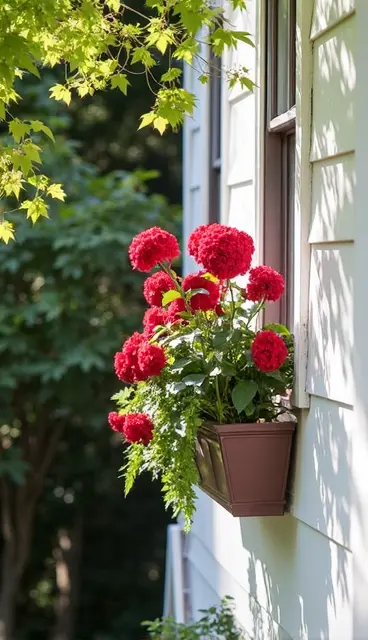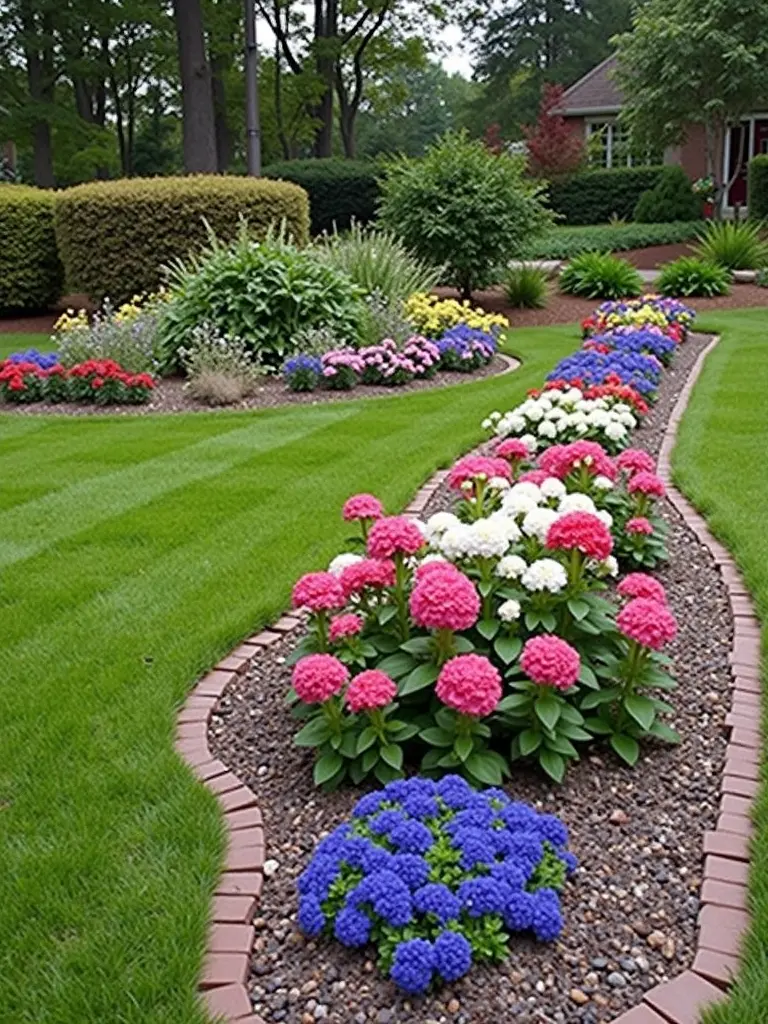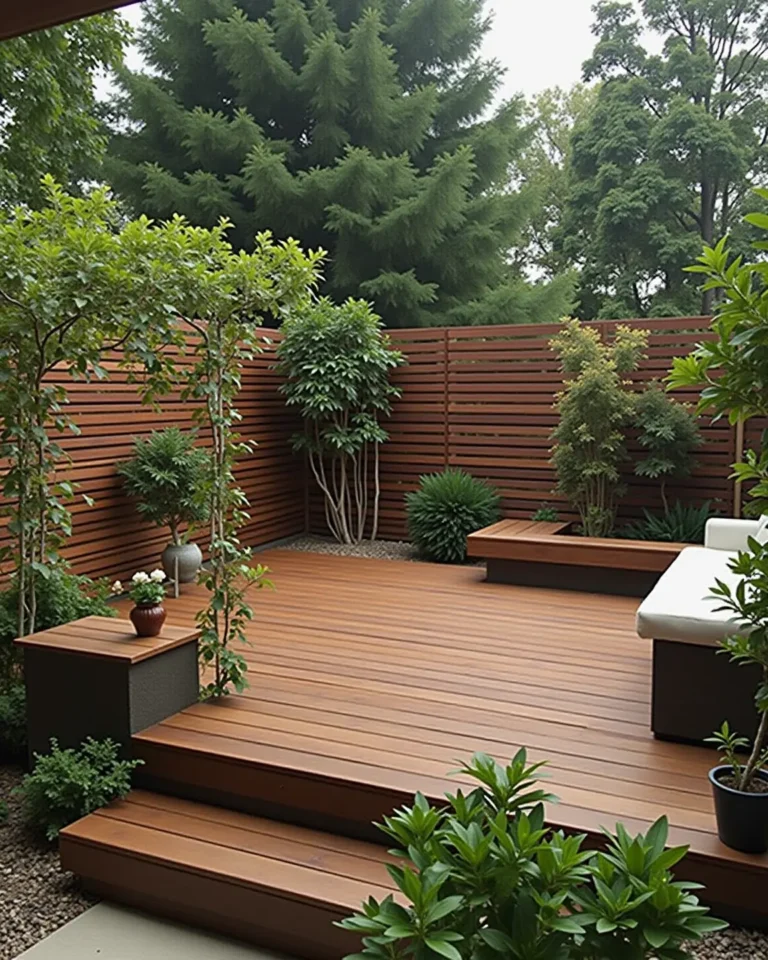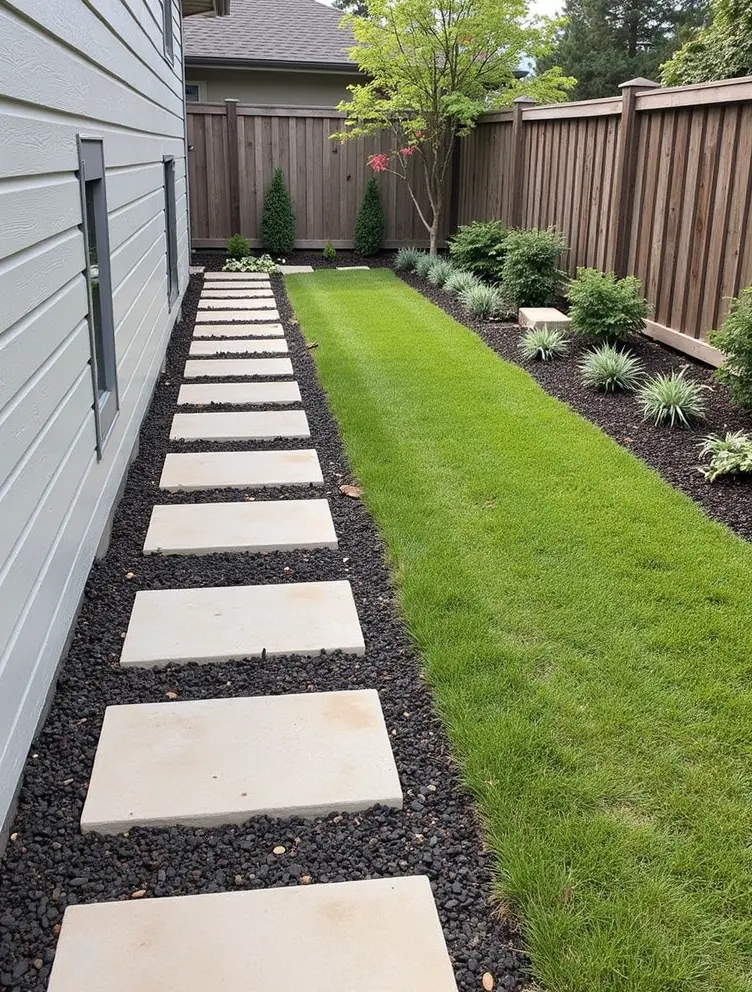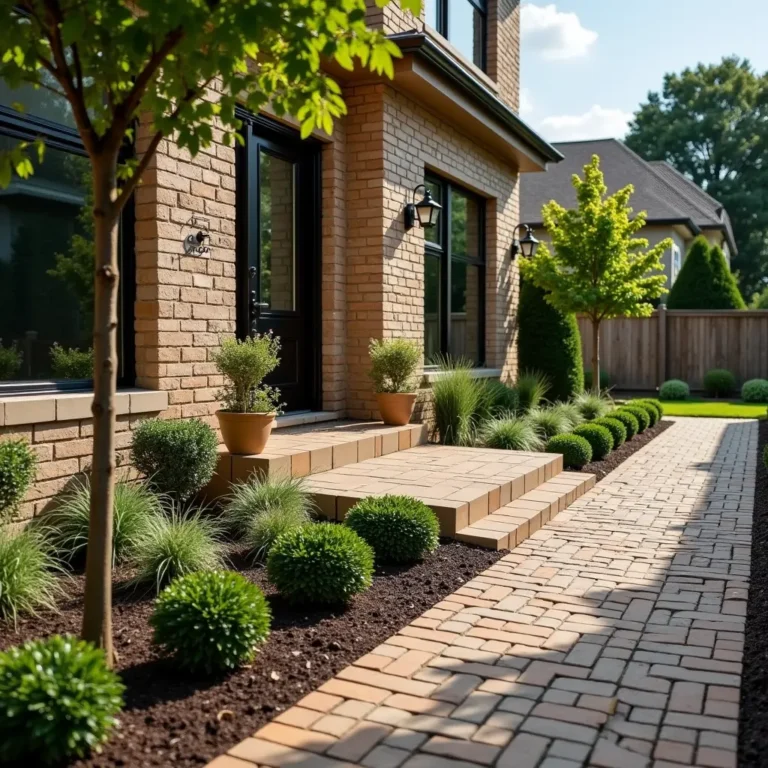Master Cutting Stone Caps for Curved Walls
Mastering the Art of Cutting Stone Caps for Curved Walls
Building a beautiful curved wall can transform any outdoor space into a tranquil retreat. However, when it comes to finishing touches, cutting stone caps to fit these curves can be both an art and a science. In this article, we’ll take a storytelling approach to help you master the technique of cutting stone caps for curved walls, leaving you with a result that not only looks stunning but also showcases your craftsmanship.
The Journey Begins: Understanding Your Materials
Before diving into the cutting process, let’s meet the star of our story: the stone cap. Picture a smooth, granite slab or a rough, slate piece—each has its own personality and potential. Before you pick up your tools, familiarize yourself with the types of stones suitable for caps. Granite, limestone, and slate are popular options because they withstand the elements while offering aesthetic appeal.
Tools of the Trade: Setting the Scene
Just like every hero needs their tools, you’ll need the right equipment to cut stone caps effectively. Here’s a short list to ensure you’re properly prepared:
- Wet saw or angle grinder
- Diamond blades for precision
- Measuring tape
- Pencil for marking
- Chisel and hammer for fine adjustments
- Safety gear: goggles, gloves, and mask
The Plot: Measuring and Marking Your Curves
Now that you’re armed with your tools, it’s time for the critical first step: measurement. A miscalculation here could lead to misaligned stone caps, ruining your masterpiece. Begin by measuring the curve of your wall carefully. Use a flexible measuring tape to capture the true shape. Then, translate this measurement onto your stone cap using a pencil. This is where the anticipation builds—a well-marked stone can set the stage for a flawless cut.
The Climax: Cutting the Stone
As you prepare to cut, take a deep breath. Remember, precision is key. If using a wet saw, ensure it’s properly set up with water to cool the blade as you work. For curves, you may want to make a series of straight cuts that will each create an angular piece fitting the overall curve. As you glide through the stone, feel the satisfaction of sculpting your vision into reality. If at any stage you find the edges rough, don’t hesitate to use a chisel for smoothness.
The Resolution: Installing the Stone Caps
With your stone caps cut and polished, the final act is their installation. Ensure the caps are aligned correctly with the wall. Use a good mortar or adhesive to secure them, making sure they’re level. This is your moment to shine—stand back and admire your handiwork as the sun hits the stone, reflecting your efforts. The beauty of a well-built curved wall can make any backyard space breathtaking.
Tips and Tricks for Success
As with any craft, mastery comes with experience. Here are some tips to keep in mind:
- Practice on scrap stones before cutting your final pieces.
- Take your time—rushing can lead to errors.
- Don’t hesitate to seek the advice of experts or watch tutorials.
- Ensure proper ventilation if cutting indoors.
Frequently Asked Questions (FAQ)
What type of stone is best for caps on curved walls?
Granite, limestone, and slate are popular choices due to their durability and aesthetic appeal.
How can I ensure my cuts are accurate?
Using a flexible measuring tape and marking clearly before cutting will improve accuracy. Practice on scrap material can also help.
Do I need special tools to cut stone caps?
Yes, a wet saw or angle grinder with diamond blades is essential for clean cuts.
Can I install stone caps by myself?
Absolutely! With the right tools, techniques, and patience, anyone can install stone caps.
What are common mistakes to avoid when cutting stone?
Common mistakes include incorrect measurements, rushing the cutting process, and not wearing safety gear.
Conclusion: Your Path to Mastery
Cutting stone caps for curved walls is a venture that combines creativity, technique, and patience. With your newfound knowledge and passion, you are now equipped to embark on this rewarding journey. Your stone caps will not only serve a functional purpose but also stand as a testament to your skills. Embrace the process and enjoy the fruits of your hard work.
“
